Qifa Ke
Fast Approximate $K$-Means via Cluster Closures
Dec 11, 2013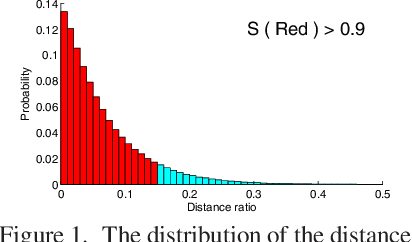
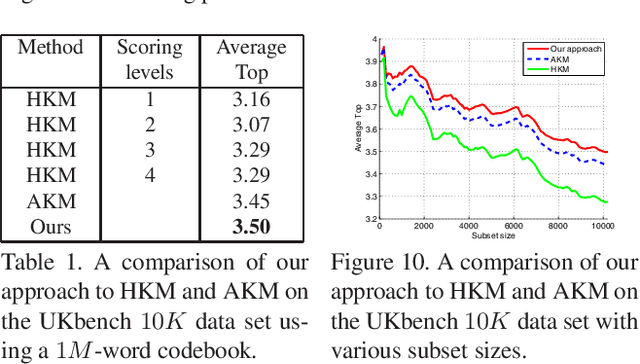
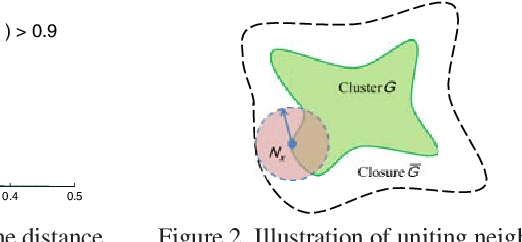
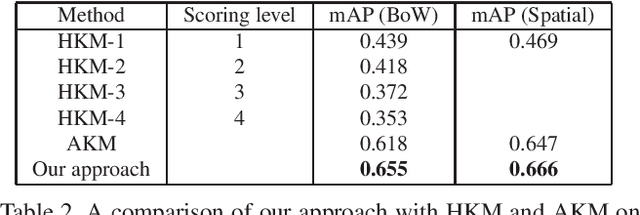
Abstract:$K$-means, a simple and effective clustering algorithm, is one of the most widely used algorithms in multimedia and computer vision community. Traditional $k$-means is an iterative algorithm---in each iteration new cluster centers are computed and each data point is re-assigned to its nearest center. The cluster re-assignment step becomes prohibitively expensive when the number of data points and cluster centers are large. In this paper, we propose a novel approximate $k$-means algorithm to greatly reduce the computational complexity in the assignment step. Our approach is motivated by the observation that most active points changing their cluster assignments at each iteration are located on or near cluster boundaries. The idea is to efficiently identify those active points by pre-assembling the data into groups of neighboring points using multiple random spatial partition trees, and to use the neighborhood information to construct a closure for each cluster, in such a way only a small number of cluster candidates need to be considered when assigning a data point to its nearest cluster. Using complexity analysis, image data clustering, and applications to image retrieval, we show that our approach out-performs state-of-the-art approximate $k$-means algorithms in terms of clustering quality and efficiency.
A Multi-View Embedding Space for Modeling Internet Images, Tags, and their Semantics
Sep 02, 2013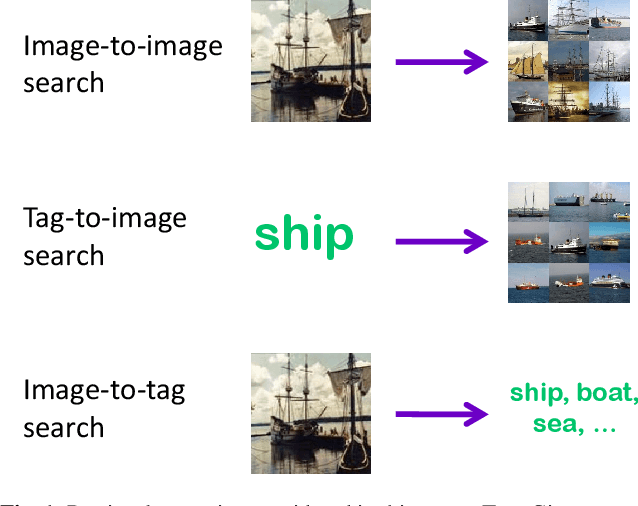

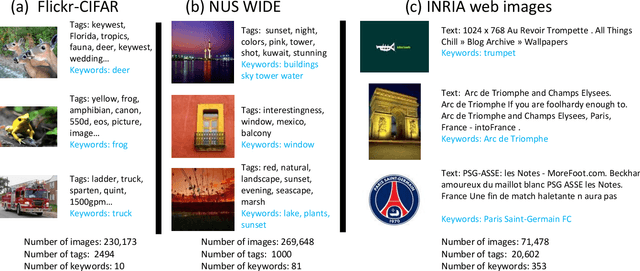

Abstract:This paper investigates the problem of modeling Internet images and associated text or tags for tasks such as image-to-image search, tag-to-image search, and image-to-tag search (image annotation). We start with canonical correlation analysis (CCA), a popular and successful approach for mapping visual and textual features to the same latent space, and incorporate a third view capturing high-level image semantics, represented either by a single category or multiple non-mutually-exclusive concepts. We present two ways to train the three-view embedding: supervised, with the third view coming from ground-truth labels or search keywords; and unsupervised, with semantic themes automatically obtained by clustering the tags. To ensure high accuracy for retrieval tasks while keeping the learning process scalable, we combine multiple strong visual features and use explicit nonlinear kernel mappings to efficiently approximate kernel CCA. To perform retrieval, we use a specially designed similarity function in the embedded space, which substantially outperforms the Euclidean distance. The resulting system produces compelling qualitative results and outperforms a number of two-view baselines on retrieval tasks on three large-scale Internet image datasets.
 Add to Chrome
Add to Chrome Add to Firefox
Add to Firefox Add to Edge
Add to Edge